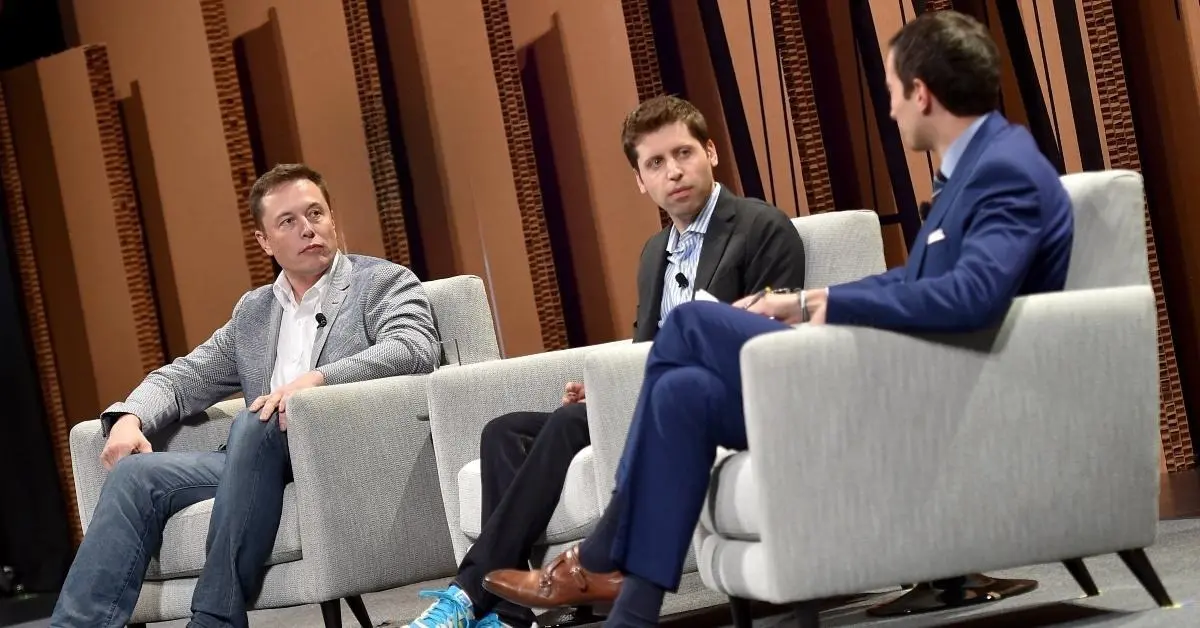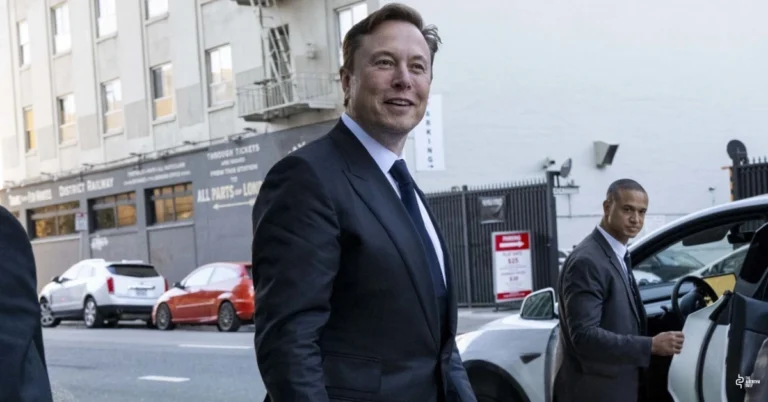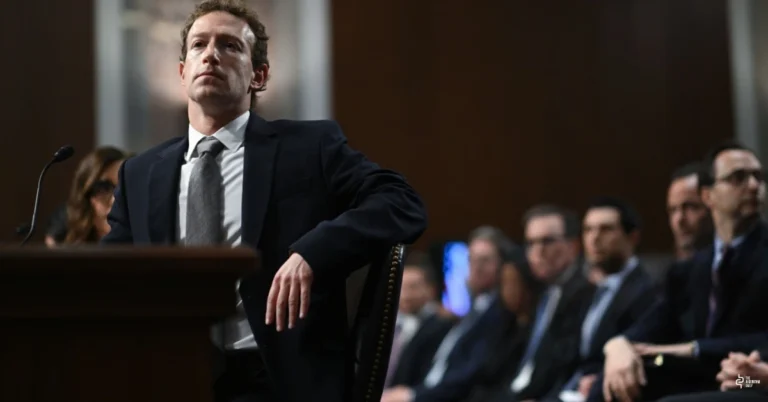A Mission-Driven Beginning
OpenAI was founded in December 2015 with an ambitious mission: to ensure that artificial general intelligence (AGI) AI systems are more capable than humans, benefit all of humanity. It was established by high-profile figures including Elon Musk, Sam Altman, Greg Brockman, and Ilya Sutskever. From the start, OpenAI operated as a nonprofit research lab, committed to transparency, safety, and open access to AI tools.
The Shift to a Hybrid Structure
As AI development became more resource-intensive, OpenAI faced a dilemma: how to compete with tech giants like Google and Amazon without compromising its values. In 2019, it created a unique structure, a nonprofit parent company, OpenAI Inc., which owns a for-profit subsidiary, OpenAI Global LLC. This structure, known as a “capped-profit” model, allows OpenAI to raise capital while retaining nonprofit oversight. Investors can earn returns, but they are capped at 100 times their investment, and key decisions remain in the hands of the nonprofit board.
Who Owns OpenAI Today?
Legally, OpenAI Global LLC, the for-profit entity, is wholly owned by the nonprofit, OpenAI Inc. This means that no external investor owns OpenAI outright. Major backers like Microsoft, which has invested over $13 billion, have commercial rights (such as exclusive access via Azure) but no equity or board control. Other investors, including Thrive Capital, Khosla Ventures, and reportedly SoftBank, also operate under the same capped-profit rules. Decision-making authority rests with OpenAI’s nonprofit board.
Inside OpenAI’s Power Structure
As of mid-2025, OpenAI’s Board of Directors governs the organisation through its nonprofit parent, OpenAI Inc. This board holds full legal control over the for-profit arm, OpenAI Global LLC, including decisions on leadership, research direction, partnerships, and deployment of AI systems. The board’s primary responsibility is to ensure OpenAI’s mission to build safe and broadly beneficial artificial general intelligence (AGI) is upheld, regardless of commercial pressure.
Current Board Members (as publicly known):
- Bret Taylor (Chair) – Former co-CEO of Salesforce
- Adam D’Angelo – CEO of Quora
- Larry Summers – Former US Treasury Secretary
- Helen Toner – Director at Georgetown’s Center for Security and Emerging Technology
- Tasha McCauley – Tech entrepreneur and scientist
- Sam Altman – CEO of OpenAI (non-voting observer)
- Greg Brockman – President, OpenAI (observer status as of 2024 shake-up)
Notably, while investors like Microsoft, Thrive Capital, and SoftBank have collectively invested over $25 billion in OpenAI (see table below), none of them hold board seats. Their returns are subject to OpenAI’s “capped-profit” model, and they have no direct control over company governance.
This separation of capital and control is critical to OpenAI’s unique hybrid structure, designed to protect the public interest even as the organisation raises billions to compete with Big Tech in AI development.
| Investor | Round / Date | Investment Size | Estimated Ownership Share | Notes |
| Microsoft | 2019–2023 deals | > $13 billion | 0 % equity (profit share ~49 %) | Exclusive commercial and profit rights, no equity |
| Thrive Capital | October 2024 | $1.25B + $1B | ~0.8–1 % equity | Led $6.6B funding round |
| Khosla Ventures | 2019, 2024 | Initially small, later part of the 2024 round | < 0.5 % equity | Early venture backer |
| SoftBank Group | April 2025 | $10B now; $30B later | ~3–10 % equity (post-raise) | Lead investor in $40 B round at $300B valuation |
| Others (Nvidia…) | 2024 round | Various | ~1–2 % equity (collective) | Institutional investor pool |
This board–investor separation helps ensure that OpenAI’s mission remains the driving force, even in a fast-moving, high-stakes AI industry.
Elon Musk’s Lawsuit and Growing Criticism
Co-founder Elon Musk, who left the board in 2018, later sued OpenAI in 2024, claiming the company had drifted away from its founding mission. He argued that OpenAI had become too commercial, particularly through its partnership with Microsoft, and was no longer “open” in the spirit of its original values. His lawsuit reignited public scrutiny over whether OpenAI’s hybrid structure can truly keep profit motives in check.
Why This Ownership Model Matters
OpenAI’s structure is one of the most-watched governance experiments in tech. As it develops powerful AI systems that could influence global education, economies, and national security, the question of who controls these tools becomes crucial. The hybrid model aims to balance public benefit with private funding, but critics warn it could lead to mission drift under pressure. If OpenAI succeeds, it may set a precedent for future AI labs. If it fails, the consequences could shape the entire field of artificial intelligence.
Final Thoughts
OpenAI is not owned by Sam Altman or any single investor. Altman is the CEO, but control remains with the nonprofit board. This structure allows OpenAI to access funding while aiming to protect its original mission. Whether that mission can endure the immense commercial and political pressures that come with building AGI is a question the world is still waiting to answer.
📲 Get the latest Tech & Startup News on our WhatsApp Channel
👉 Join Now



